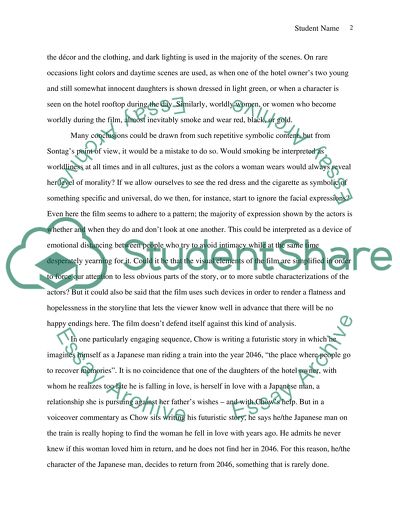Cite this document
(“Formal Criticism Essay Example | Topics and Well Written Essays - 1000 words”, n.d.)
Retrieved from https://studentshare.org/miscellaneous/1533203-formal-criticism
Retrieved from https://studentshare.org/miscellaneous/1533203-formal-criticism
(Formal Criticism Essay Example | Topics and Well Written Essays - 1000 Words)
https://studentshare.org/miscellaneous/1533203-formal-criticism.
https://studentshare.org/miscellaneous/1533203-formal-criticism.
“Formal Criticism Essay Example | Topics and Well Written Essays - 1000 Words”, n.d. https://studentshare.org/miscellaneous/1533203-formal-criticism.


